20 Popular Travel Destinations That Have Become Too Expensive
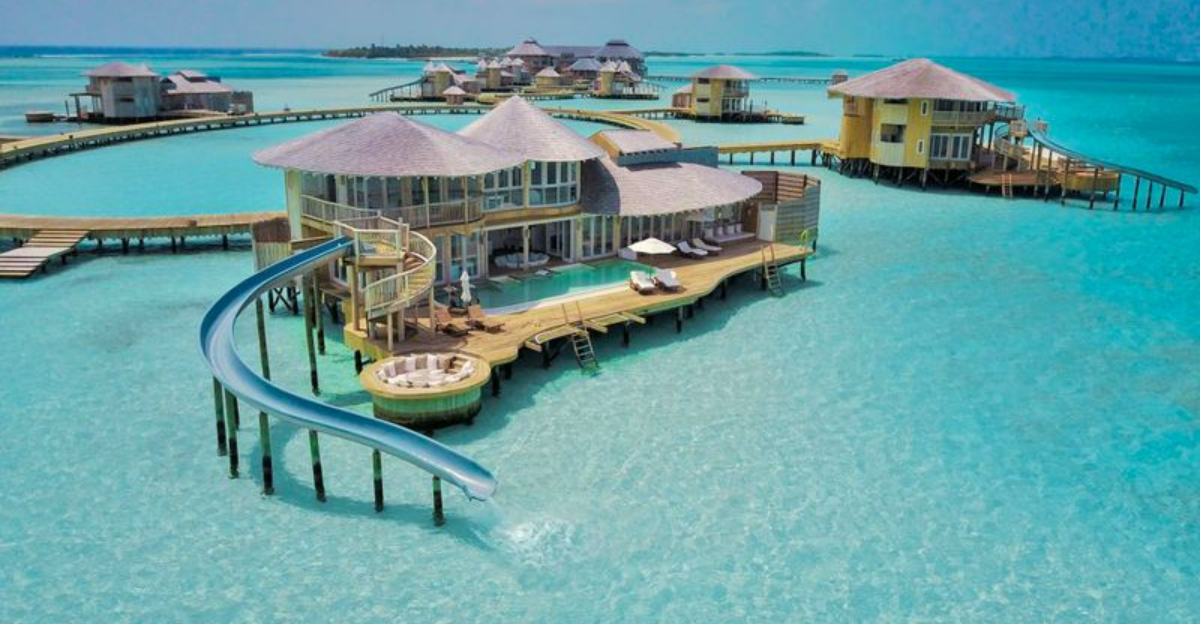
It used to be easy to stretch a dollar and still have the trip of a lifetime. Now, some of those once-affordable destinations come with serious sticker shock. I’ve seen quiet beach towns turn into luxury playgrounds and budget hostels replaced by high-end boutiques.
Travel hasn’t lost its magic—but it has changed. If you’ve ever returned to a favorite spot only to find it out of reach, you’re not alone. So what happened to those travel sweet spots we used to love?
1. Venice’s Canals Come With a Hefty Price Tag
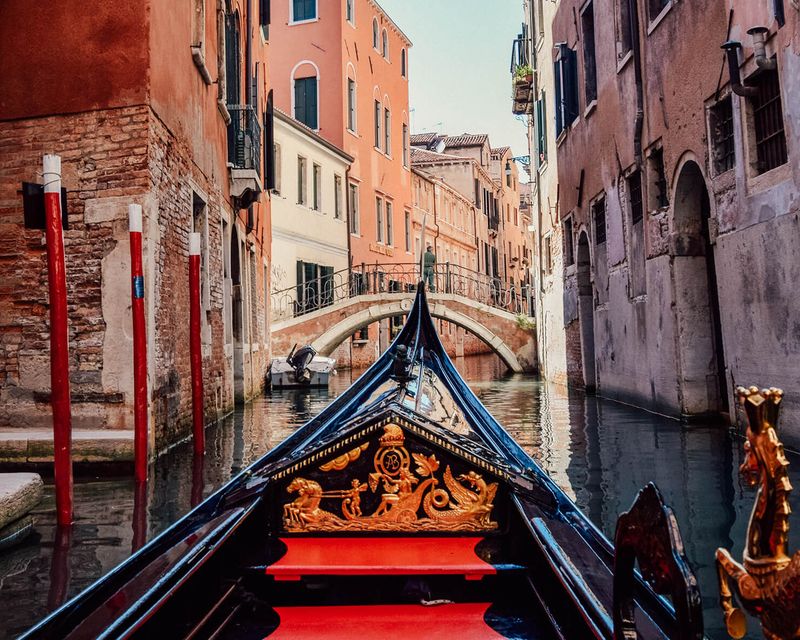
The floating city’s charm now floats beyond many travelers’ budgets. Average hotel rates have skyrocketed to over $300 per night during peak season, while a simple gondola ride costs upwards of $100 for just 30 minutes.
I recently calculated that a modest 3-day trip for two could easily exceed $2,000, excluding flights. Restaurants near major attractions charge astronomical prices – expect to pay $15 for a basic coffee and pastry.
Venice has also introduced a controversial entry fee for day-trippers in 2023, making it the first city to effectively charge admission. Between overcrowding and inflated prices, this once-accessible Italian treasure has sadly priced out middle-class travelers seeking romantic canal views.
2. Santorini’s Blue Domes Come With Red Financial Warnings

White-washed buildings against the deep blue Aegean used to welcome budget travelers, but those days have vanished faster than the Greek sun at dusk. Luxury hotels with infinity pools dominate the caldera views, commanding $500-1,000 nightly rates during summer.
Even dining has become a splurge affair. A simple Greek salad near Oia’s sunset viewpoint can cost $25, while seafood dinners for two easily exceed $150. Transportation around the island adds another layer of expense with limited public options.
Cruise ships have also driven up demand without increasing supply, creating a perfect storm of price inflation. Many travelers now find themselves settling for a day trip rather than the dreamy week-long stay they’d imagined among those iconic blue-domed churches.
3. Kyoto’s Traditional Experience Comes With Modern Price Tags
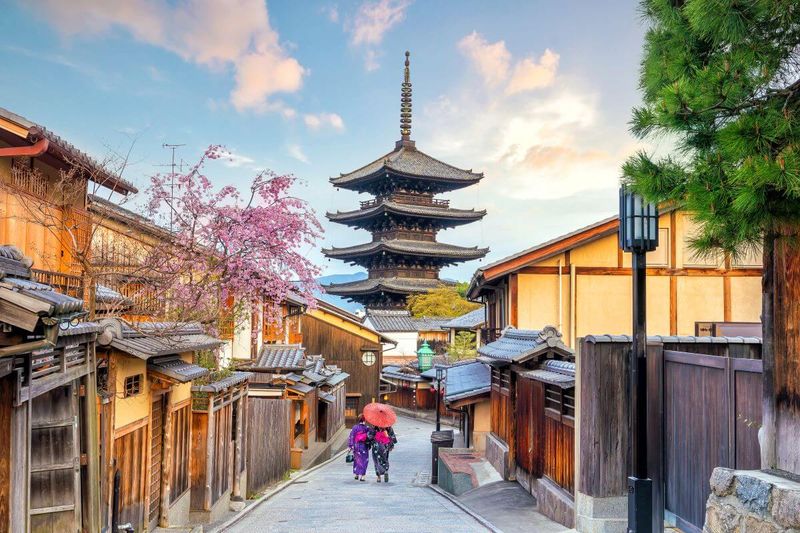
Japan’s cultural capital has transformed from a reasonable destination to a budget-buster. Traditional ryokan stays that once offered authentic experiences at moderate prices now start at $300 per night, with high-end options exceeding $1,000.
Street food and casual dining options have doubled in price over the last decade. Many temples now charge entrance fees between $5-15 each, quickly adding up for culture-seeking visitors hoping to see multiple sites.
The city’s tourism boom, particularly pre-pandemic, created unprecedented demand. After Japan reopened its borders, prices climbed even higher. Hiring a kimono for that perfect Instagram moment? Expect to pay $50-100 for a few hours – a cost that reflects how traditional experiences have become premium commodities in this once-affordable cultural treasure.
4. Bora Bora’s Crystal Waters Reflect Sky-High Prices
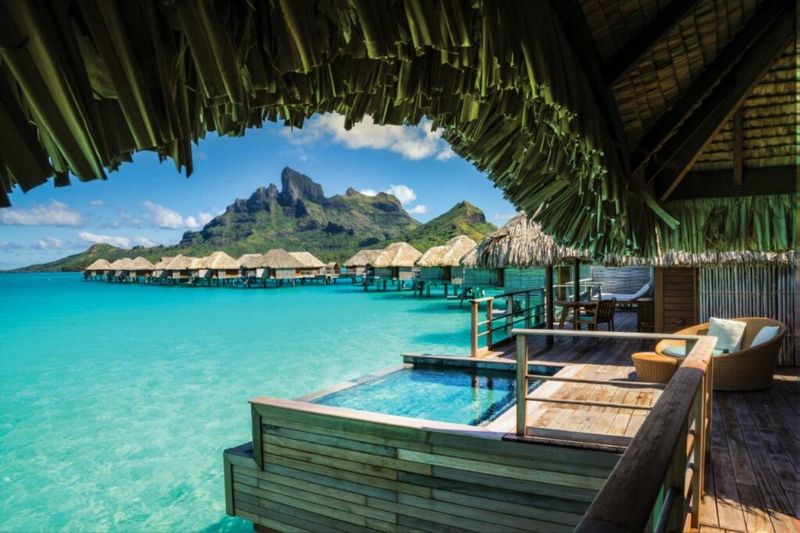
The South Pacific paradise known for overwater bungalows has become synonymous with luxury few can afford. A standard overwater villa starts around $1,000 per night, with premium options exceeding $2,500 during peak season.
Food costs punch another hole in travelers’ wallets. The isolated location means nearly everything is imported, resulting in $30 hamburgers and $15 beers. A romantic dinner for two can easily surpass $250, making even all-inclusive packages seem pricey.
Getting to Bora Bora requires an international flight to Tahiti followed by an additional puddle-jumper, adding hundreds more to travel costs.
While the turquoise lagoon and Mount Otemanu views are undeniably stunning, they’ve become a playground primarily for honeymooners with premium budgets or celebrities hiding from paparazzi.
5. Iceland’s Natural Wonders Now Cost Supernatural Prices
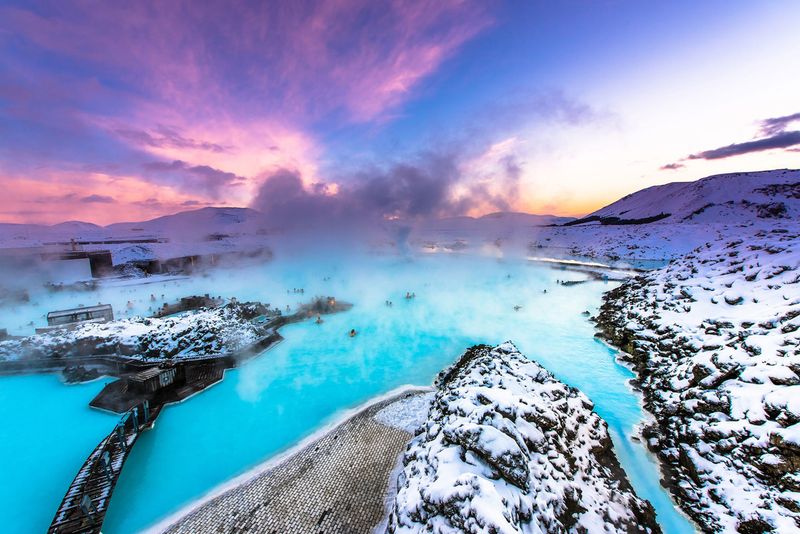
This land of fire and ice has erupted with tourism – and prices to match. Basic hotel rooms in Reykjavik start around $200 nightly, while anything near popular attractions like the Blue Lagoon can exceed $400.
Rental cars, essential for exploring Iceland’s dramatic landscapes, command premium rates of $100+ daily for compact vehicles, not including the notoriously expensive fuel. Dining delivers another shock – a simple fish and chips meal costs around $25, while restaurant dinners start at $40 per person.
Adventure activities carry luxury price tags too. The famous Blue Lagoon now charges $90+ for basic entry, while guided tours to ice caves or glacier hikes start at $150 per person. What was once considered an alternative to pricier European destinations has ironically become one of the continent’s most expensive vacation spots.
6. Dubai’s Desert Playground Demands Golden Wallets
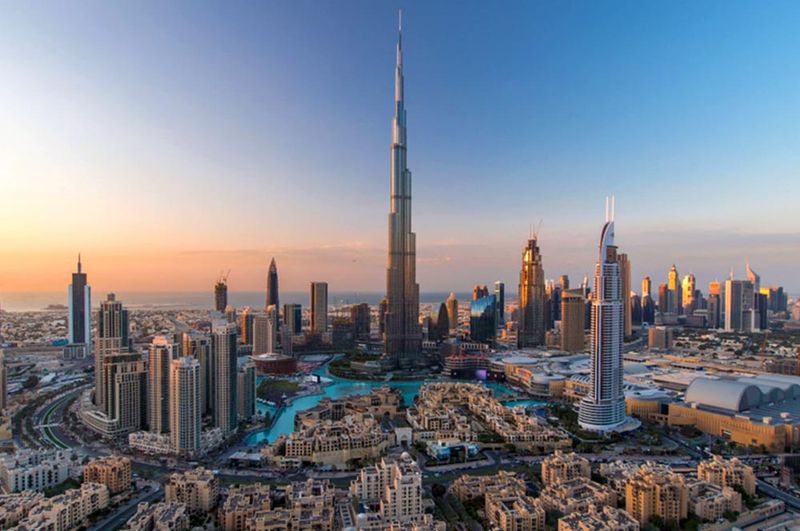
From artificial islands to the world’s tallest building, everything in Dubai screams excess – including the cost to visit. Mid-range hotels start around $200 nightly, while iconic properties like Burj Al Arab charge thousands for their distinctive luxury.
Activities quickly drain savings accounts. A ticket to the Burj Khalifa’s observation deck costs $40 for basic access, while desert safaris and water parks command $100+ per person. Even moving around is costly – taxis add up quickly in this sprawling city where summer heat makes walking impractical.
The shopping malls offer window-shopping for most visitors, as luxury brands dominate the retail landscape. Dubai has successfully positioned itself as a premium destination, but the result is a playground primarily for the wealthy. Budget travelers often find themselves restricted to glimpses of the extravagance rather than full experiences.
7. Machu Picchu’s Ancient Ruins Require Modern Fortunes
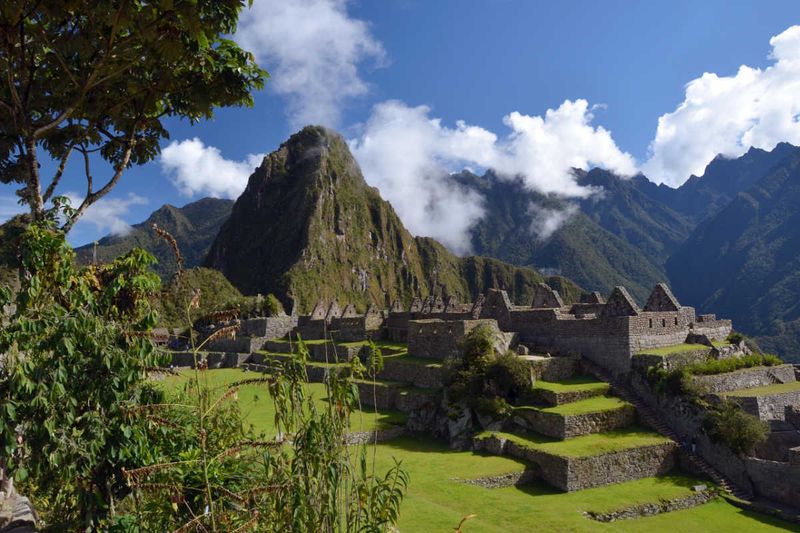
The mystical Incan citadel has implemented strict visitor limitations, driving up both demand and prices. Entry tickets alone cost $65+ per person and must be purchased well in advance, with specific entry times now enforced.
Reaching this remote wonder adds substantial costs. The train journey from Cusco to Aguas Calientes runs $70-150 each way, while guided tours start around $100 per person. Accommodations in tiny Aguas Calientes, the gateway town, command premium rates of $150+ for basic rooms.
If you’re dreaming of hiking the famous Inca Trail, permits sell out months in advance and organized treks cost $700-1,000 per person. What was once a backpacker’s adventure has transformed into a carefully regulated experience requiring significant financial planning.
The site’s preservation efforts are admirable but have effectively priced out budget-conscious travelers.
8. Paris Has Become Even More Expensive Than the Movies Suggest
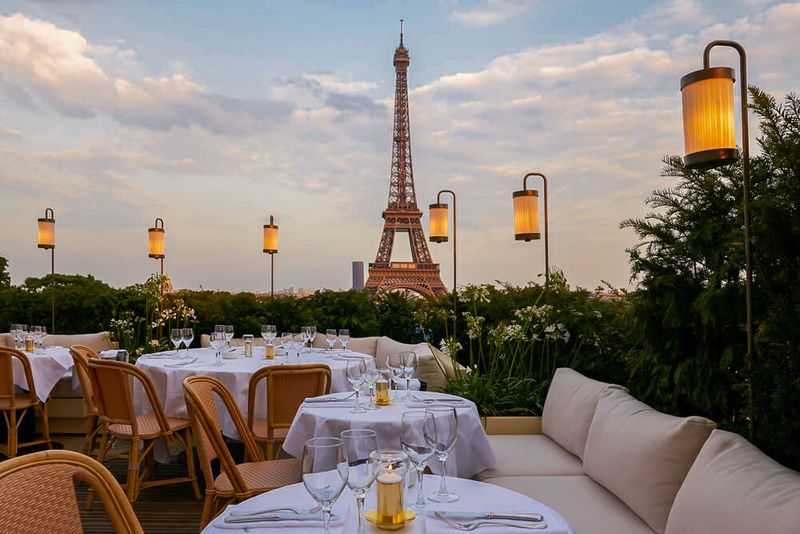
The City of Light increasingly shines only for those with substantial means. Hotel rooms in decent neighborhoods start at $200 nightly, while anything with Eiffel Tower views commands $400+. Even basic hostels charge $50+ for shared accommodations.
Dining in Paris delivers consistent sticker shock. A simple café lunch with a glass of wine costs $25-30, while dinner at mid-range restaurants starts around $60 per person. Museum entrance fees have also climbed – the Louvre charges $17, while combined attractions passes exceed $75.
The romantic image of sipping coffee at sidewalk cafés comes with a price tag of $7+ for basic espresso. Special events like the upcoming 2024 Olympics have pushed prices even higher. While Paris remains magical, that magic increasingly requires a premium budget that excludes many would-be visitors from experiencing this cultural capital.
9. The Maldives: Where Paradise Requires Platinum Credit Cards
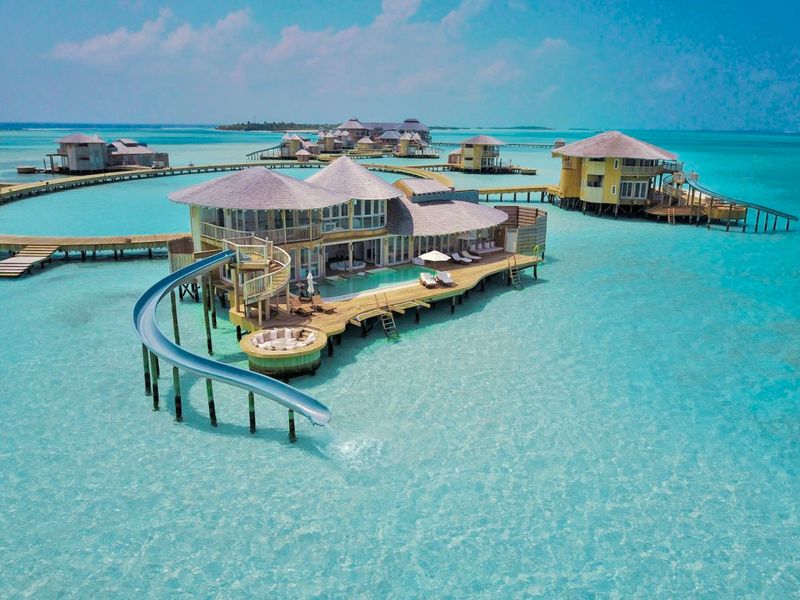
These idyllic islands have fully embraced ultra-luxury tourism models. Most resorts operate on private islands with nightly rates starting at $600 for basic overwater bungalows, while premium options easily exceed $2,000.
Getting around adds another layer of expense. Seaplane transfers from the main airport to resorts typically cost $250-500 per person, round-trip. Food options are limited to resort restaurants, where captive audiences pay $40 for breakfast buffets and $100+ for dinner.
Activities follow the same premium pricing – simple snorkeling excursions cost $50-100, while spa treatments start around $150. The Maldives’ positioning as a bucket-list luxury destination has effectively eliminated budget options. Even attempts at “affordable Maldives” experiences on local islands come with relatively high costs compared to similar experiences in Southeast Asia.
10. New York City’s Concrete Jungle Requires Concrete Financial Plans
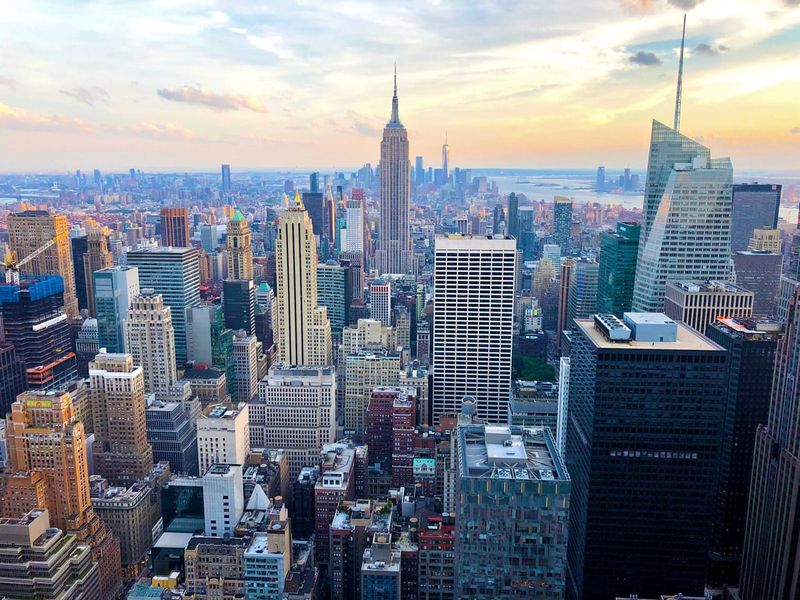
The Big Apple takes big bites from travel budgets with hotel rooms in Manhattan averaging $300-400 nightly. Even outer borough accommodations rarely dip below $200. Space comes at an extreme premium in this densely packed metropolis.
Broadway shows, once a relatively affordable entertainment option, now command $150-300 for decent seats. Museums have followed suit – MoMA charges $25 admission, while the Metropolitan Museum of Art suggests a similar “donation.” Transportation adds up quickly with $2.90 subway rides and notoriously expensive taxis.
Food costs vary wildly but trend high. Famous pizza slices now cost $3-5 each, while dinner for two at mid-range restaurants easily exceeds $100 before drinks. While the city offers unmatched cultural experiences, the financial barrier to entry has risen dramatically, making quick weekend trips increasingly impractical for middle-class visitors.
11. Tahiti’s French Polynesian Paradise Comes With French Luxury Prices
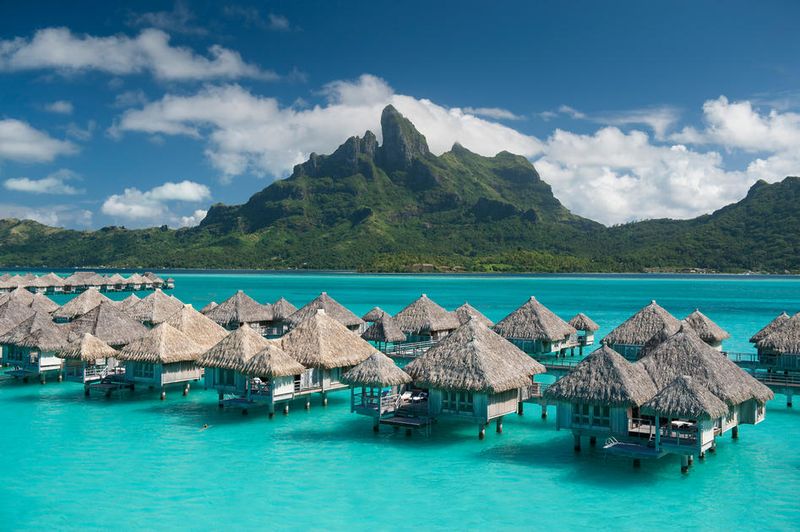
Beyond Bora Bora, Tahiti itself has become prohibitively expensive. Basic hotel rooms start around $250 per night, while beachfront bungalows command $500+. The French colonial influence extends to the pricing structure, with European-level costs in a remote Pacific location.
Dining options reflect the isolated geography – most ingredients are imported at great expense. Casual meals start around $25 per person, while dinner at resort restaurants easily reaches $100 each. Even local fruit markets charge premium prices compared to other tropical destinations.
Activities follow the luxury pricing model with basic snorkeling excursions starting at $75. The island’s undeniable beauty with dramatic mountains meeting crystal lagoons remains breathtaking, but increasingly viewable only by travelers with substantial means.
Budget alternatives like pensions (guesthouses) exist but still cost more than mid-range accommodations in most Asian destinations.
12. London’s Historic Charm Now Requires Historic Wealth
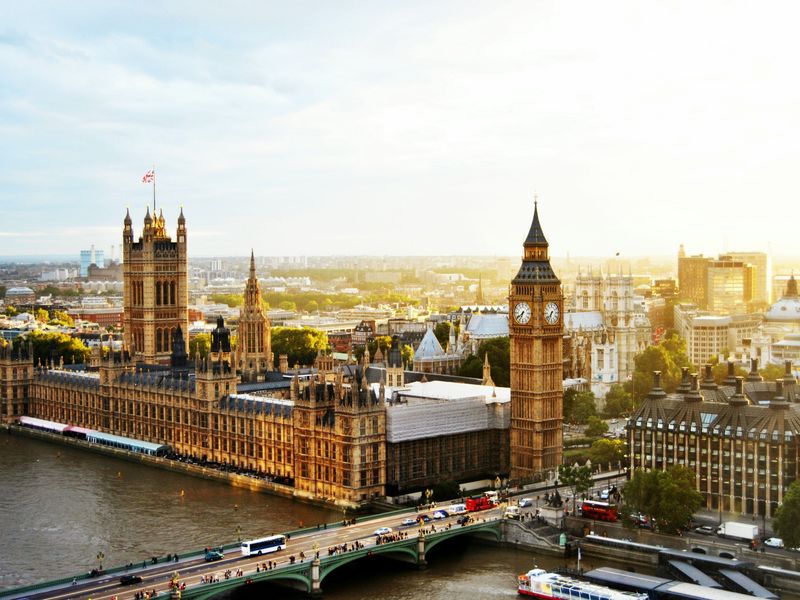
The British capital has long been expensive, but recent years have seen costs soar to new heights. Central London hotel rooms rarely dip below £200 ($250) nightly, while convenient apartments for families start around £300 ($375).
Getting around London adds significant expense. A single Tube journey costs nearly £6 ($7.50) without an Oyster card, while daily transportation can easily exceed £20 ($25) per person. Major attractions charge premium entry fees – the Tower of London costs £29.90 ($37), while the London Eye commands £38 ($47) for standard tickets.
Dining presents another budget challenge. Pub meals now typically cost £18-25 ($22-31) per person without drinks, while traditional afternoon tea starts around £50 ($62).
West End theater tickets have also climbed dramatically, with good seats for popular shows exceeding £100 ($125) each. The weak pound offered temporary relief for some foreign visitors, but prices remain stubbornly high.
13. Sydney’s Harbor Views Come With Deep-Water Price Tags
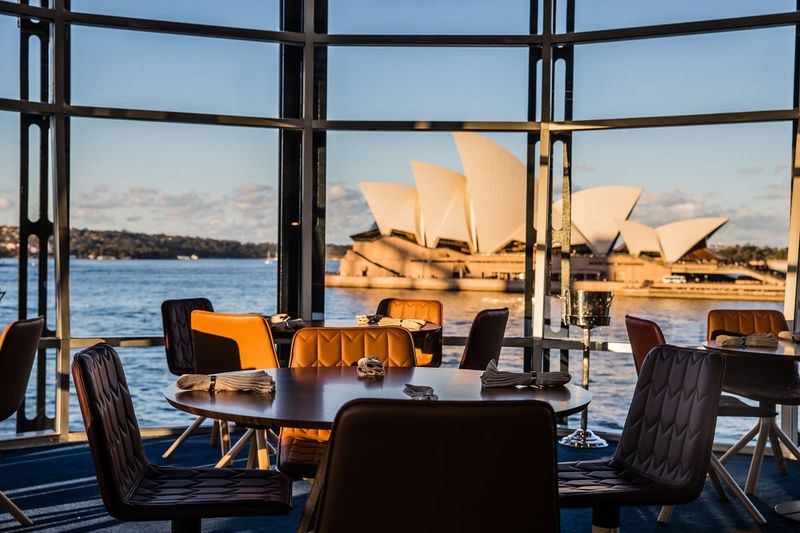
Australia’s iconic harbor city has become one of the world’s most expensive destinations. Hotel rooms with decent locations start around AUD 250 ($165) per night, while anything with harbor views easily exceeds AUD 400 ($265).
Activities quickly add up – climbing the Sydney Harbor Bridge costs AUD 300+ ($200+), while tickets to performances at the Opera House start around AUD 100 ($65). Even public transportation requires careful budgeting, with airport train transfers costing AUD 19.40 ($13) each way.
Dining delivers consistent sticker shock to visitors. A basic breakfast at a cafe costs AUD 20-25 ($13-17), while dinner at mid-range restaurants starts around AUD 40 ($27) per person without drinks.
Australia’s remote location and high standard of living contribute to these elevated prices, but the result is a destination increasingly challenging for international visitors without substantial means.
14. Zurich’s Swiss Perfection Demands Perfect Bank Accounts
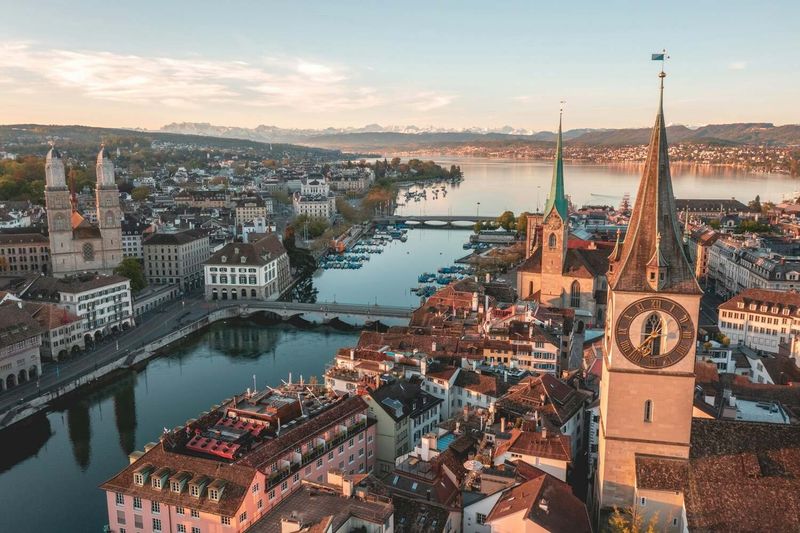
Switzerland has long been synonymous with high prices, but Zurich takes expense to new heights. Hotel rooms start around CHF 250 ($280) nightly for basic accommodations, while anything well-located or upscale easily exceeds CHF 400 ($450).
Dining represents another budget challenge. A basic lunch at a casual restaurant costs CHF 25-30 ($28-34), while dinner at mid-range establishments starts around CHF 50 ($56) per person without drinks. Even McDonald’s meals approach CHF 15 ($17), making budget dining nearly impossible.
Transportation adds additional costs, though the excellent public system is relatively good value. Day trips to see Switzerland’s natural beauty require either expensive tour bookings or rail passes that, while comprehensive, represent significant investments.
The precision and quality of Swiss services remain impressive, but come with corresponding price tags that make even short visits financially challenging.
15. Singapore’s Futuristic City-State Requires Future-Proof Budgets
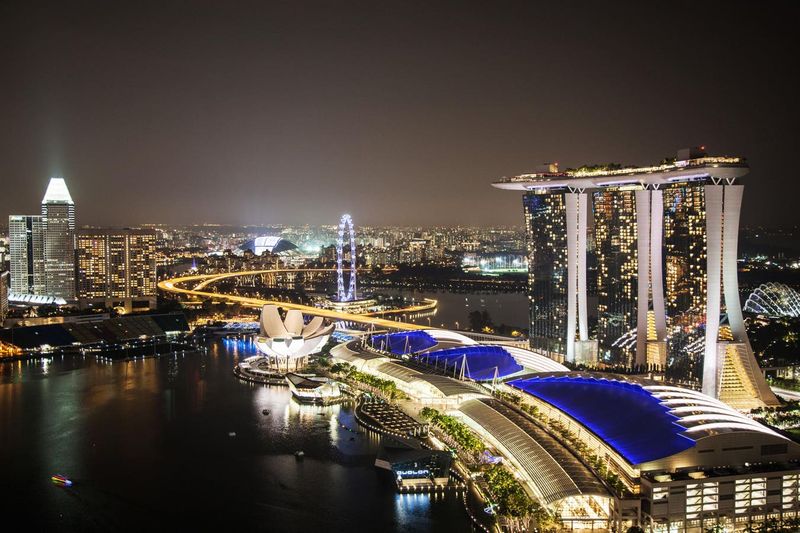
This tiny island nation has transformed from a budget traveler’s Asian hub to one of the region’s most expensive destinations. Hotel rooms in decent locations start around SGD 200 ($150) nightly, while anything near Marina Bay easily exceeds SGD 350 ($260).
Attractions charge premium rates – Gardens by the Bay conservatories cost SGD 28 ($21), while the Marina Bay Sands observation deck commands SGD 26 ($19). Even the famous hawker centers, once reliably cheap, have seen prices climb with basic meals now costing SGD 6-10 ($4.50-7.50).
Alcohol delivers particular sticker shock due to high taxation. A single beer at modest establishments costs SGD 12-18 ($9-13), while cocktails at trendy spots exceed SGD 25 ($19). Singapore’s impeccable cleanliness, efficiency, and safety come with corresponding costs that increasingly position it as a luxury rather than accessible destination in Southeast Asia.
16. Amsterdam’s Canal Rings Circle Ever-Higher Prices
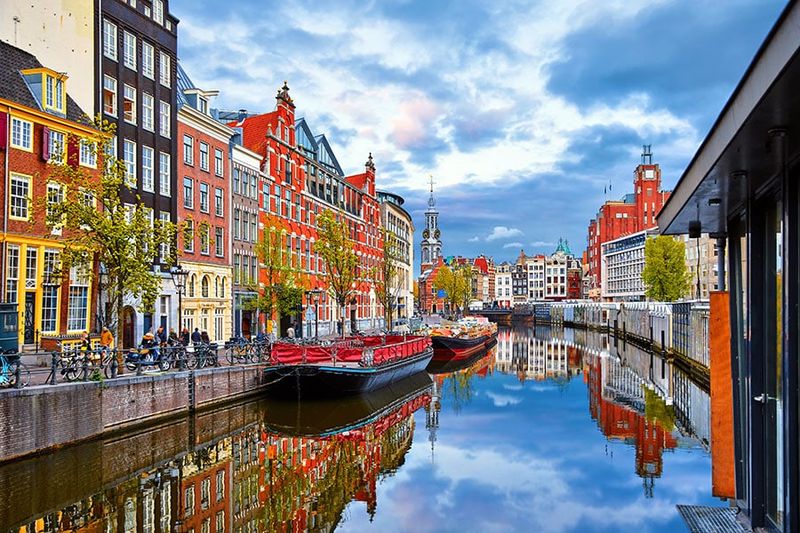
The Dutch capital’s charm has attracted so many visitors that prices have skyrocketed alongside demand. Hotel rooms within the canal belt rarely dip below €200 ($215) nightly, while apartments for families start around €250 ($270).
Major attractions have implemented substantial entry fees – the Van Gogh Museum charges €20 ($22), while the Anne Frank House costs €16 ($17) with mandatory advance booking. Even simple canal cruises now command €18-25 ($19-27) for basic one-hour tours.
Dining along the picturesque canals comes with premium pricing. Coffee and a pastry at canal-side cafes costs €8-10 ($9-11), while dinner at mid-range restaurants starts around €25-30 ($27-32) per person without drinks.
The city has actively worked to discourage budget tourism with policies targeting low-cost accommodations and party-focused visitors, effectively reshaping itself as a premium destination.
17. Hong Kong’s Vertical City Creates Vertical Price Charts
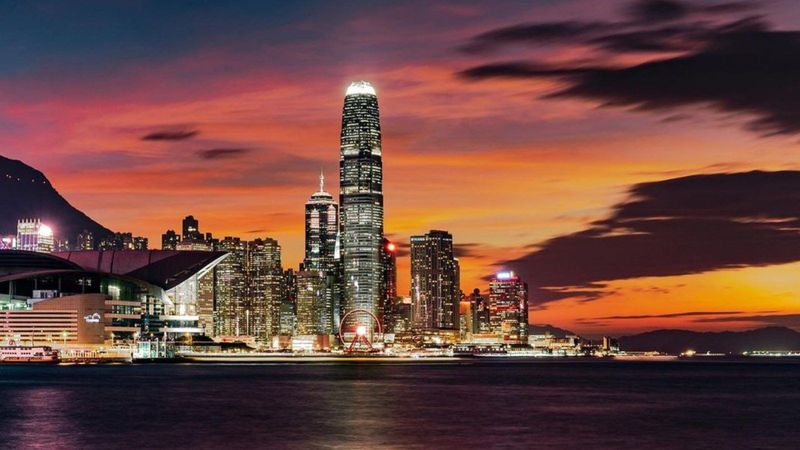
This densely packed financial hub has seen accommodation costs soar alongside its skyscrapers. Hotel rooms in decent locations start around HKD 1,200 ($155) nightly, while anything well-situated or spacious easily exceeds HKD 2,000 ($255).
Space comes at an extraordinary premium in this vertical city. Restaurants reflect this reality with high prices despite often tight seating – mid-range dining starts around HKD 200-300 ($25-38) per person. Even the city’s famous street food has seen significant price increases.
Transportation offers rare value with the excellent MTR system and iconic Star Ferry, but shopping districts cater increasingly to luxury markets. Hong Kong’s positioning between East and West once made it an accessible entry point to Asia, but its evolution into a global financial powerhouse has brought corresponding costs that challenge budget travelers seeking the unique blend of Chinese tradition and colonial influence.
18. Barcelona’s Mediterranean Charm Now Comes With Premium Pricing
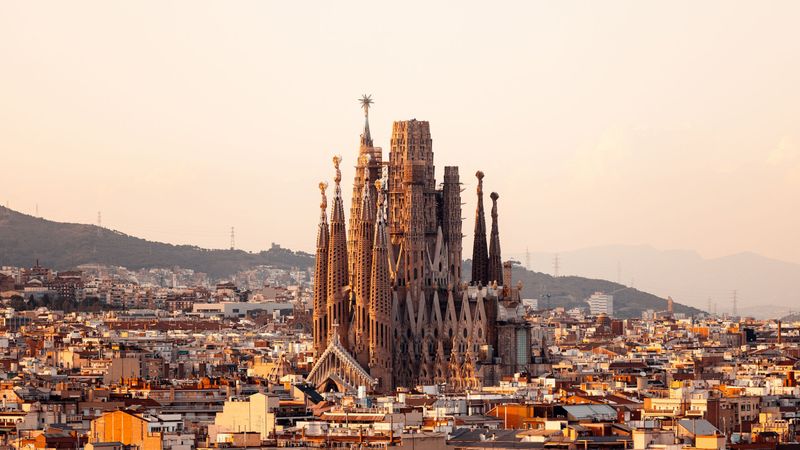
The Catalan capital has transformed from a budget European favorite to a destination requiring careful financial planning. Hotel rooms in central areas start around €150 ($160) nightly, while anything near popular attractions or beaches easily exceeds €250 ($270).
Gaudí’s iconic architecture now comes with substantial entry fees – La Sagrada Família charges €26-38 ($28-41) depending on options, while Park Güell costs €10 ($11) for the main monumental section. Museum admissions typically run €12-16 ($13-17) each.
Dining in tourist areas delivers consistent sticker shock. A basic paella near La Rambla costs €20+ ($22+) per person, while tapas for two with drinks easily exceeds €50 ($54). The city’s popularity has led to overtourism concerns, prompting policies that effectively discourage budget travelers while catering to higher-spending visitors seeking Barcelona’s unique blend of architecture, cuisine, and coastal Mediterranean atmosphere.
19. Fiji’s Island Paradise Floats Beyond Budget Reach
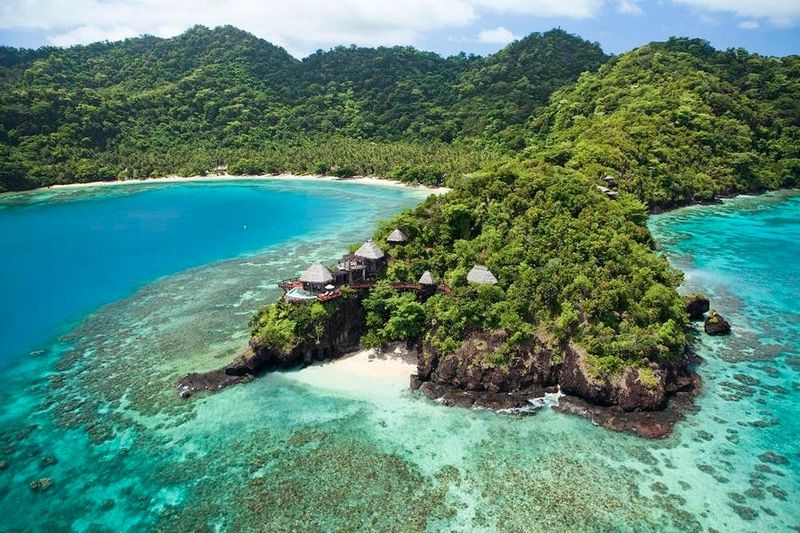
The South Pacific dream destination has increasingly positioned itself in the luxury market. Resort accommodations on main islands start around FJD 350 ($160) nightly, while private island resorts command FJD 1,000+ ($450+) for basic rooms.
Reaching outlying islands adds significant expense through mandatory boat transfers or seaplane services costing FJD 200-400 ($90-180) per person. All-inclusive meal plans, often the only practical option at isolated resorts, add FJD 200+ ($90+) per person daily.
Activities reflect the premium positioning with basic snorkeling excursions starting around FJD 100 ($45) and diving trips exceeding FJD 250 ($115).
While budget accommodations exist in limited areas, they offer a fundamentally different experience than the iconic overwater bungalows and private beaches featured in Fiji’s marketing. The friendly local culture remains wonderfully authentic, but increasingly accessible only to travelers with substantial means.
20. Seychelles: Where Exclusivity Meets Exclusive Pricing
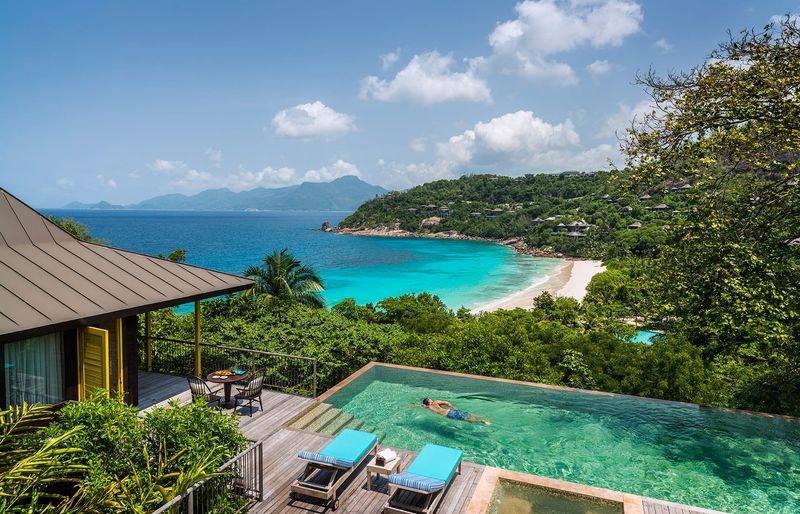
These remote Indian Ocean islands have deliberately cultivated an ultra-premium tourism model. Hotel rooms in decent locations start around €300 ($325) nightly, while beachfront villas easily command €800+ ($865+).
The remote location creates additional expense layers. Domestic flights between islands cost €150-300 ($160-325) round-trip per person, while boat transfers add €50-100 ($55-110). Dining options are generally limited to resort restaurants with captive audience pricing – dinner typically costs €50-80 ($55-85) per person without drinks.
Activities follow the luxury pricing model with basic snorkeling excursions starting at €60 ($65) and fishing charters exceeding €500 ($540).
The Seychelles’ stunning beaches with massive granite boulders and crystal waters remain among the world’s most beautiful, but the country’s deliberate tourism strategy has made them accessible primarily to wealthy travelers or those splurging on once-in-a-lifetime trips.
